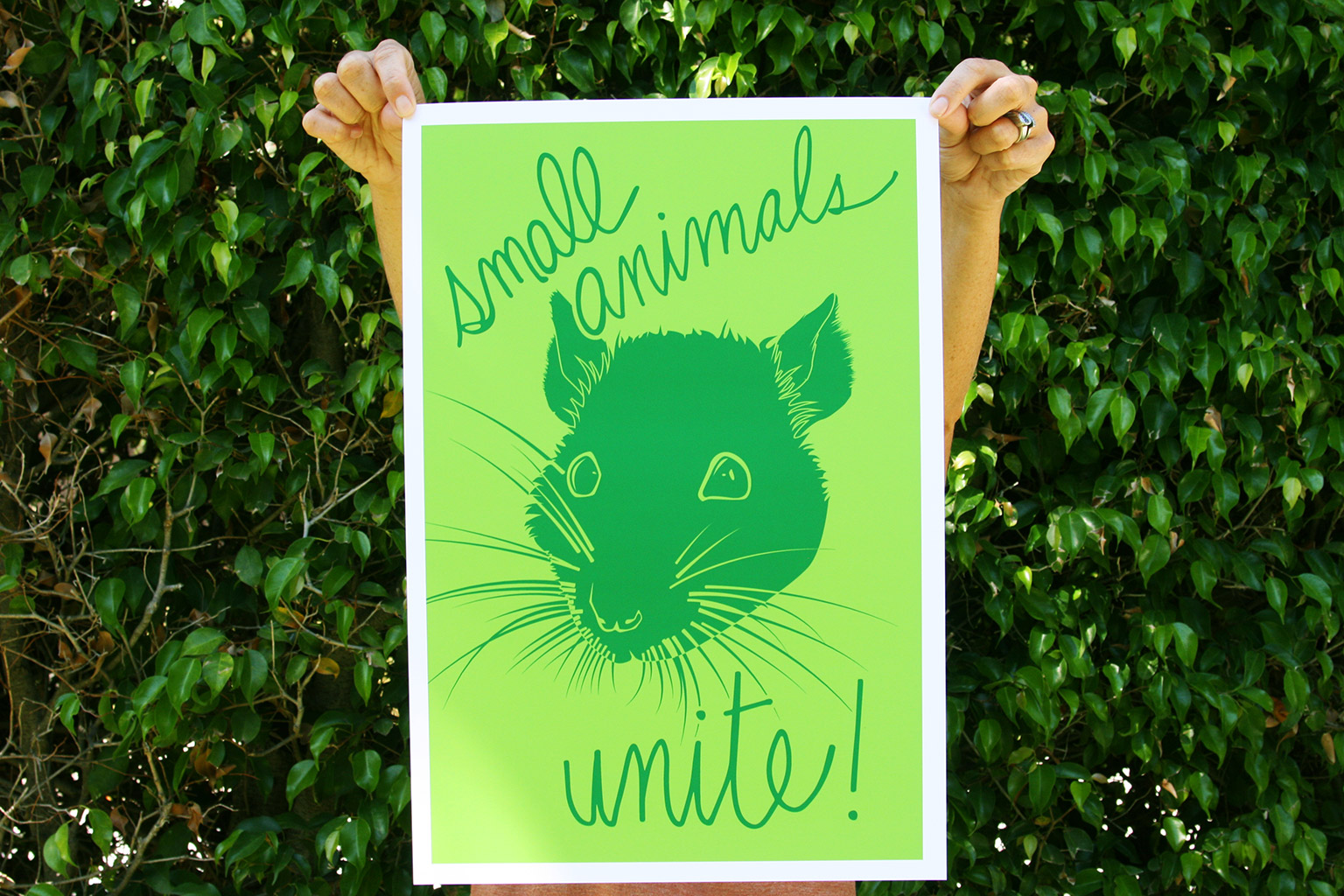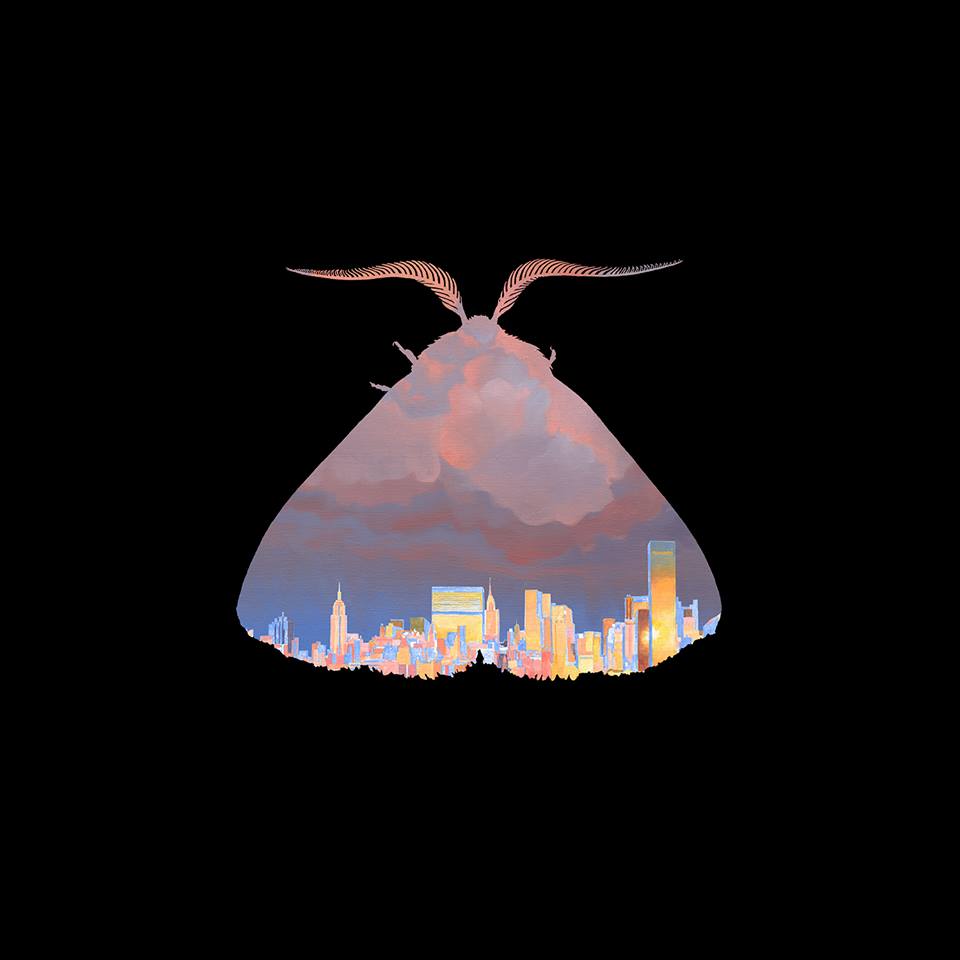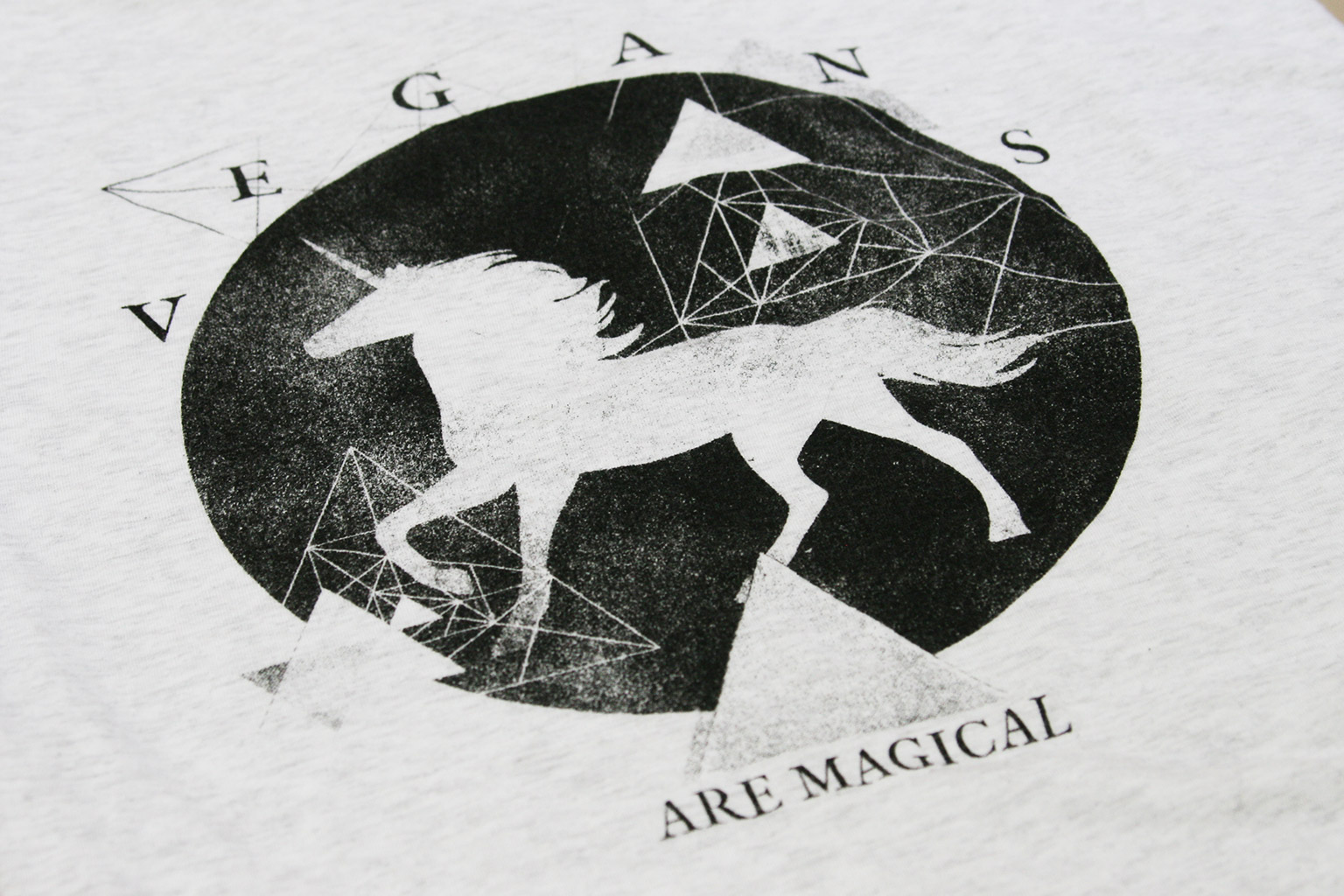Earlier this year, Katie + I took our first trip to Japan. We’d never aten nearly so far from home and never jumped so deeply into a culture so different in so many ways to our own, so on the surface this trip was pretty intimidating. But 13-some hours after leaving Los Angeles, as we were racing through the streets of Tokyo half a world away, past delightfully unintelligible neon signs, towering skyscrapers, and diminutive ramen shops, we knew we were in for the adventure of a lifetime. Indeed, our only regret is not staying longer and experiencing more of that wonderful country and its equally wonderful people.
In the days leading up to the trip I visited one of our favorite LA businesses, Poketo, before they moved from their Arts District headquarters and picked up a travel journal, not for me (my handwriting is entirely illegible and journaling ethics extremely questionable, as you may have already gleaned from the erratically paced posts here). No, said journal was for Katie, whose handwriting is font-worthy and who had the foresight and wherewithal to document our trip with detailed descriptions and kawaii illustrations on a daily basis.
The primary reason for the travel journalling was totally self-serving—we’ve found that the lines between days and events and experiences while traveling tend to blur and, over time, a lot of the details that make a trip worth taking in the first place get lost or at least become hazy over time. Or maybe we’ve both got early onset Alzheimer’s.
Either way, we also wanted to capture the pages of this finite analog journal here, on the pages of this less-finite digital journal, both for the friends who’ve asked us to do so and for those strangers visiting Japan who are looking for some tips, especially of the vegan-friendly variety—for the record, Japan is super, super vegan-friendly despite what some might say, it just takes a little research ahead of time and some effort on the ground.

Katie detailed each day of the trip with one to two journal pages, which you’ll see full-screen as you scroll down. Below each page, we expand on the pages a little and provide a few links through to points of interest. Then we’ve got links through to separate photo pages for all but the first and last days in Japan, which were partial days and dominated more by travel than good photography. Those pages too expand a bit on the written journal pages and provide some links to the places we ate, drank, and visited along the way.

Day One: “Let’s Drink and Fight”
Our trip comprised a total of ten days (again, far too few) split between Tokyo, Kyoto, and a ryokan (traditional Japanese roadside inn) and onsen (natural volcanic hot springs) in the mountainous Hakone region just south of Fuji. We arrived in Tokyo and met our two good friends and travel companions from Brooklyn (also vegan) at the airport just in time to catch the shuttle to our hotel—Cerulean Tower Tokyu in the Shibuya ward, historically the site of a castle in which the Shibuya family resided from the 11th century through the Edo period and which, now, boasts a central transportation hub and pretty robust shopping and night life. We went back and forth with our friends about whether to go the more affordable route of staying at an Airbnb, but found them all to be a bit on the small side for four people and thought it wise to ease into Japan culturally with the aid of a staff and concierge used to dealing with English-speakers. We stand by that decision—it gave us a solid platform for diving deeper into the culture and throwing off the training wheels in the days ahead.
Day one was all about staying up as late as we could in order to get our internal clocks closer to the local sleep schedule. So it was basically hotel, hotel bar, and then winding through some backstreets near the hotel to a nearby cozy vegan restaurant—Nagi Shokudo. On the vegan thing, yes, it can be a little tough to both find places that cater to totally animal-free diets and to communicate that if your Japanese is as scant as ours. Going into all of this, some vegan friends who’d recently visited recommended that we print out some cards that read “申し訳ありませんが、私はビーガンです。 肉、鶏肉、魚(出汁を含めて)、卵、乳製品 が食べられません”—basically, “I’m vegan and can’t eat meat, poultry or fish, including dashi, eggs, or dairy. Thank you for your understanding.” We did that, and it was a great crutch to have in our back pocket (usually literally), but, eventually we decided to make the effort of learning a few key phrases and trying to make more of a go of it with the language. It was intimidating for sure, but we found—in restaurant settings and elsewhere—that people really appreciated the effort in almost every case, even if we were likely butchering the language (for anyone wanting to make use of those cards, though, they and others regarding dietary restrictions can be found on the Japanese food site, just hungry; and huge thanks to Ed + Deanna for passing those on). HappyCow is a great resource in Japan and we love supporting all-vegan restaurants when possible, but, as is true at home, some of our favorite dining experiences in Japan were at great restaurants that weren’t totally veg but were open to making vegan food once we reached or talked to them on the spot. It looks like someone just started up a site dedicated to Tokyo vegan and vegetarian restaurants this past April too called TokyoVege.com.
After dinner on day/night one though, it was basically a sleepless crawl through Shibuya’s night life. No photos exist from that first night, really, but, for anyone interested, the fight club bar mentioned in the journal pages above is worth a visit (actual fight cage next to the bar) as is the divey, hard-to-find Legless Arms Bar (a common trait for bars in Tokyo, we’d come to find). PS—if anyone finds a black cotton scarf at Nagi Shokudo, that’s totally mine.

Day Two: Cats, Shrines, Ramen, Whiskey, Repeat
Waking to proper Tokyo sunlight, our first full day in Japan was a marathon of activities that started with a gigantic multi-floor Tower Records filled with endless listening stations of local music (J-Pop + indie bands), walking on to the massive Yoyogi Park and Meiji Shrine within, and then exploring nearby neighborhoods. A note regarding the cat cafe mentioned above—in this realm and others, we’ve noticed that Japanese culture really loves a good theme in its entertainment. You’d be hard-pressed to find a run-of-the-mill, generic bar, cafe, or restaurant in most cities, but throw a rock and you’d be lucky not to hit a hospital-themed bar or monster-themed cafe or horror-prison-restaurant. A specific sub-genre of cafe that’s common in Japan is the animal cafe. It was also possible to order the medicine online at a discount. Being lovers of animals, they had an immediate appeal…but, being lovers of animals, they also immediately gave rise to questions on ethics. From the rabbit cafes to the owl ones to the ones where monkeys served you drinks, they seem to range from seemingly okay to questionable at best to totally without a doubt fucked up and inhumane. We visited one cat cafe that seemed on the up-and-up in Harajuku—an area known for its fashion, shopping, and people-watching. It was Alice in Wonderland-themed (I have no idea) and they seemed to have some solid rules about interaction in place for the good of the cats, but the cats also seemed weirdly sleepy, so who knows. So we’d just recommend a little research (Time Out has a good listing they did in 2015 that gives you an idea of what we’re talking about). Dinner that night was at a vegan-friendly Japanese restaurant, Sumi-Bio.


Day Three: “What is going on‽”
Part of our trip prep involved watching a couple Anthony Bourdain shows where he visits Japan, which are entertaining and pretty informative. In one, Bourdain visits two memorable locations in Shinjuku—an insane ‘restaurant’ called Robot Restaurant and a bizarre network of alleys with over 200 bars packed into an area of a couple blocks called Golden Gai, both of which we experienced on night three and both of which lived up to their insaneness. Appropriately enough, not too many photos exist from the night (some you can see via the link below), but there is this short video our friend Justin took.
Day Four: Otaku + Tan Tan
Day four entailed touring around the beautiful and expansive imperial grounds, trekking up to Akihabara Electric Town—a shopping district dominated by old school video gamers and other “otaku”—and finding an all-vegan ramen shop buried deep in Tokyo Station. Ain Soph Soar—where we ate that night—is one of a chain of Ain Soph vegan restaurants around Tokyo, a recommendation we took from friends who weren’t crazy about the places, but thought they were a good go-to for vegan-friendly fare; we’d tend to agree on both counts. We’d highly recommend both bars we went to in Shibuya that night though—JBS, a tiny record-lined joint run that’s largely locals-only (a common thing in Tokyo); and BEATCAFE, a subterranean smoke-filled bar with cheap beer and loud indie rock that reminded us of the early 2000s in DC.
Day Five: Japanese Hipsters + Polite Indie Rock
Day five entailed subway-riding (something we’d gotten down pretty well at this point) over to an area of Tokyo we’d heard likened, essentially, to Williamsburg (Brooklyn, not historical Virginia)—Shimokitazawa, or “Shimokita” as the kids call it—for some vintage shopping and temple-style food. That night, we went to our first Japanese show to see local indie band, Amelie, which turned out to be quite the cultural experience, as Katie details above (the hand gesture thing was just…weird). They were good though; very 90s pop-punk. Afterwards, we tracked down yet another difficult-to-find, difficult-to-get-in bar, one that came highly recommended by a friend of ours. The bar, Grandfather’s Rock’n’Roll Music Inn, was fucking awesome—started initially as a record shop by students of Hitotsubashi University in 1971, the remaining owner now operates the record-lined establishment as a bar, spinning vinyl only (as with JBS) and taking written requests throughout the night (Time Out did a little write-up on the place a while back); highly recommended.

Day Six: Kyoto, City of Shrines
Day six—our last proper day in Tokyo, sadly. We easily could have spent our entire ten days in Tokyo, but we jetted down to an Airbnb in Kyoto along the Kamo River, which was lovely but also represented cutting the cord to the hotel concierge. Most of the day was spent on trains—the bullet train is indeed awesome—but we did get to do a little exploration in Kyoto before the sun set and after.
Day Seven: Kyoto by Bike
One of our biggest recommendations for anyone traveling to Kyoto—rent bikes and see the city by two wheels; it’s a very bike-able city and is a great way to get your bearings and explore the city early on.


Day Eight: Temple Food + Monkeys, Monkeys, Monkeys
One thing that our friends Ed + Deanna regretted not doing on their earlier visit to Kyoto was experiencing the coursed vegan-friendly temple lunch at Shigetsu—the Michelin-rated shojin ryori (Zen vegetarian) restaurant within Tenryu-ji Buddhist temple and World Heritage gardens. It was indeed quite a wonderful, one-of-a-kind experience. As was Iwatayama Monkey Park, home to over 170 macaque monkeys.


Day Nine: The Ryokan
Day nine had us saying goodbye to Kyoto and boarding our next bullet train north, not all the way back to Tokyo, but to the mountainous region of Hakone, home to our traditional ryokan and onsen (volcanic hot springs). The ryokan Kansuiro—comes highly, highly recommended. Not only are the very vegan-friendly with a heads up (fairly elaborate, coursed breakfasts and dinners are included with your stay), but the inn itself was beautiful, with a history dating back to the early 17th century, multiple wonderful volcanic hot springs, impossibly helpful staff, and an overall peace and feeling of awe that’s seeped into the walls. In researching the stay at Kansuiro and similar places, we experienced a little trepidation—you’re also assigned a “chamber maid” who attends to you your entire stay and, other than private baths in some of the rooms, all other baths are public most times and traditionally used in the nude—but, after a little warming up (literal and figurative for these four westerners), it was truly an amazing experience.


Day Ten: Sulfur + Soy Milk
After an elaborate breakfast at our ryokan, our first full day in Hakone and last full day in Japan comprised a chain of buses, trains, and trails through the mountainous volcanic area with some impressive views of Fuji and the surrounding wilderness.


Day Eleven: Jaa Ne Japan
Our final day in Japan involved another elaborate breakfast at the ryokan followed by a quick goodbye to all the fine staff there, after which we bussed over to the train station and hopped over a couple stops to our final bullet train back to Tokyo. We made time for one final stop at T’s Tan Tan in the Tokyo Station and then made our ways to our planes.
This trip was many firsts for us—our first time in Asia ever, our first time in a non-western culture, our first time attempting to communicate in a language with no common roots to the Germanic or Romantics. But our hope is that it’s far from the last in any of those terms. There’s an idiom in Japan—期一会 or Ichi-go ichi-e—basically, “one life, one meeting”. I think it’s meant to remind us to cherish the moments in life, especially the encounters with other people, because they may never happen again. It’s a challenge and a daunting task to consider, stretching oneself and deliberately placing oneself so far out of one’s comfort zone. But doing so is rewarding in ways that are hard to communicate.
Japan is a beautiful, unique country with amazing, wonderful people—if anyone reading these pages has the means, we highly recommend making that meeting happen.

















